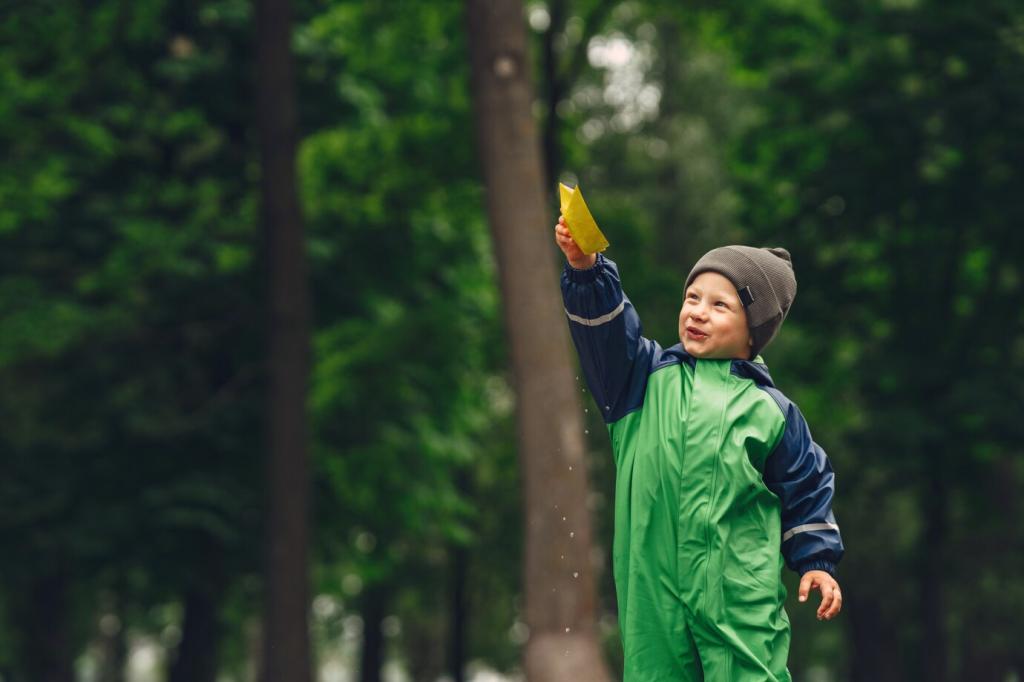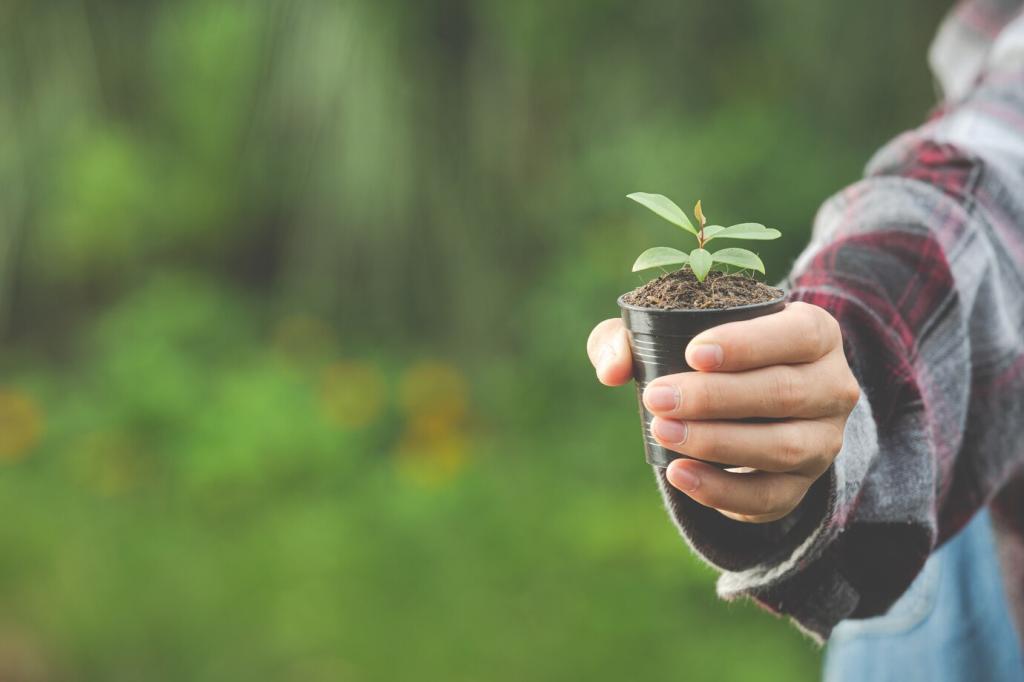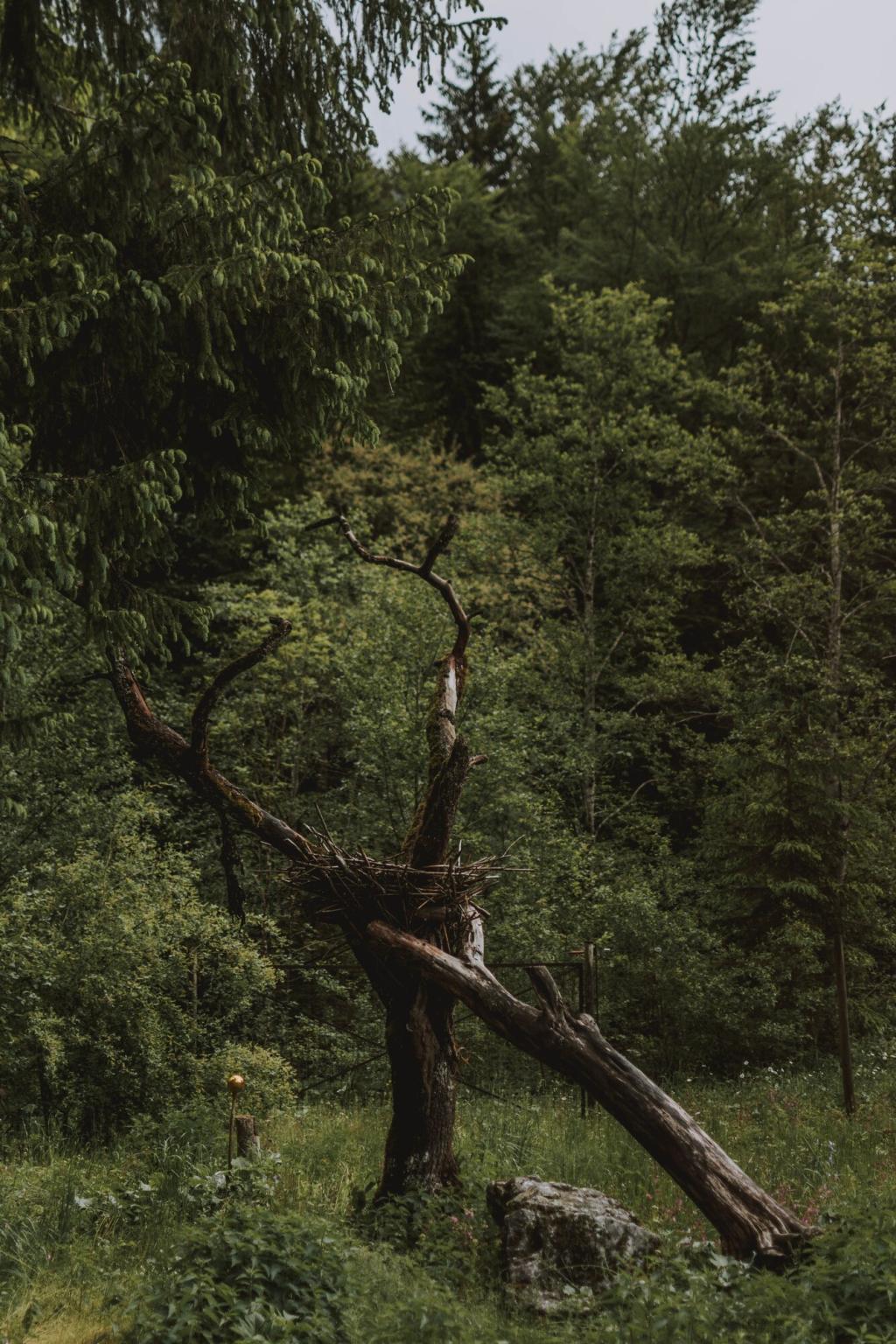Sensors and Payloads That Tell the Story
Bands beyond visible light reveal chlorophyll density and stress. Indices like NDVI and NDRE translate reflectance into mappable vigor, spotlighting drought pockets or nutrient deficiencies. With consistent calibration, repeated flights chart recovery after thinning, planting, or prescribed fire, guiding adaptive management confidently.
Sensors and Payloads That Tell the Story
Thermal cameras visualize temperature differences tied to transpiration and soil moisture. Hotter crowns can signal water stress or disease before visible symptoms. Managers overlay thermal layers with multispectral maps to target watering, adjust grazing rotations, or refine fuel break placement where forests breathe unevenly.






